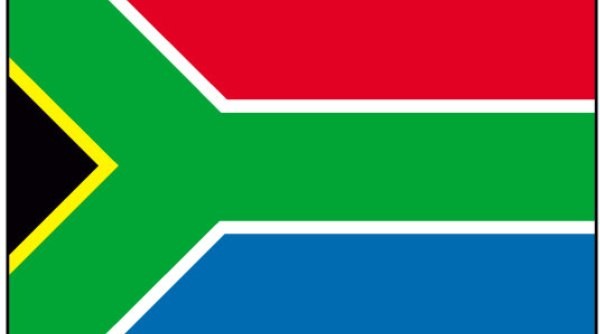A number of South Africans speak the native language of Afrikaans. They came up as a result of settlement by Dutch colonialists natives of Netherlands during the Apartheid regime. Later they merged with Britons, French and Germans to form an ethnic community commonly known as Boers. The group practice a distinct culture different from other cultures in South Africa. Initially, Afrikaans was only spoken but they later developed writing skills for the language. Boers do not have their specific settlement region in South Africa as they are distributed all over the republic. The following are 5 major characteristics of Afrikaners.
5 Factual Truths About An Afrikaner
1. The AFRIKANER RELIGION
Most Afrikaners are Protestants when it comes to religion. Their religious practice originated from the Reformed Church of Holland. A typical Afrikaner (especially the white Afrikaaner) emulates and follows the ideas from their hero John Calvin. They believe that religion should be a major influence on government policies. Their belief resulted in a deviated form of Protestantism which was in support of policies laid during the Apartheid regime.
2. AFRIKANERS BELIEF IN RIGHT OF PASSAGE
The first-born son is named after the paternal father while the first-born daughter is named after the maternal mother. Birthdays are characterized by ceremonies where gifts are presented. Upon birth, children are brought up in a religious abiding manner whereby they are required to attend church school for religious modelling. It reaches a certain stage where young children are confirmed to be full church members. Only then will they take the Holy Communion.
Young people are allowed to start courting at the age of 16 years and are presented as adults at the age of 21. The eve of every New Year is taken to mark the day of commemorating those who died within the year whereby the list of their names is read.
3. CULTURAL RELATIONSHIPS AMONGST AFRIKANERS
All members of Afrikaners community are required to show honour and respect to each other by shaking hands upon meeting. Kissing between friends and relatives of both genders is also another way of greeting. However, greeting by kissing is not common in men to men cases. Greetings process is repeated when parties are parting ways. In the past years, Afrikaners engaged in casual gender separation where after meals, men would walk with other men discussing matters related to men like government affairs while women, on the other hand, discussed home issues. However, this culture has dwindled in the recent past.
4. AFRIKANER FAMILY VIEWS
Early Afrikaner families were characterized by large families since they regarded children as wealth. There were some contradicting beliefs about Boers that they encouraged big families so as to dominate South Africa with whites. This assumption has however been proven wrong since most modern Afrikaner families have an average of 2-3 kids.
Family life for young people begins at the early age of 16 when courtship kicks off. Young ones are required to ask permission from parents from both sides before undergoing marriage rites.
See Also: Notable Truths About Sotho People, Language, and Culture
5. HOBBIES OF AN EARLY AFRIKANER
Afrikaners practice a culture of the division of labour. Women love engaging in knitting as well as crocheting. They are known to design circles of beads around every milk jar. Men, on the other hand, do best in woodwork and leatherwork where they make leather seats and other crafts.
Other facts about Afrikaners
Folklore
The early Afrikaners beliefs and traditions come from three major sources: European colonists, native people, and immigrants from Malaysia and India. Heroes and myths from these groups became intertwined as stories were passed down orally.
Traditional Attire
Besides dressing in modern Western clothing on daily basis, during holidays and special occasions, traditional clothing is seen. Boys and men wear shorts with knee socks. Women wear long dresses and bonnets for formal folk dancing called volkspele. Male folk dancing partners wear shirts with vests and long pants.
Food
Two kinds of food from pioneer days are still popular among Afrikaners: beskuit and biltong. Beskuit (rusks) are biscuits that have been oven-dried, served with coffee. Biltong is strips of dried meat (traditionally, beef or venison).
Statistics show that Afrikaners make up approximately 58% of South Africa’s white population, based on the language used in the home. English speakers account for about 37%. Afrikaners are mostly found in Windhoek and in the Southern provinces. They have a population of around 100,000 in Namibia.
As for Afrikaners in the diaspora, there has been a significant emigration of white people from South Africa since 1994. Thus, there are large Afrikaner and English-speaking South African communities in the UK and other developed countries.
